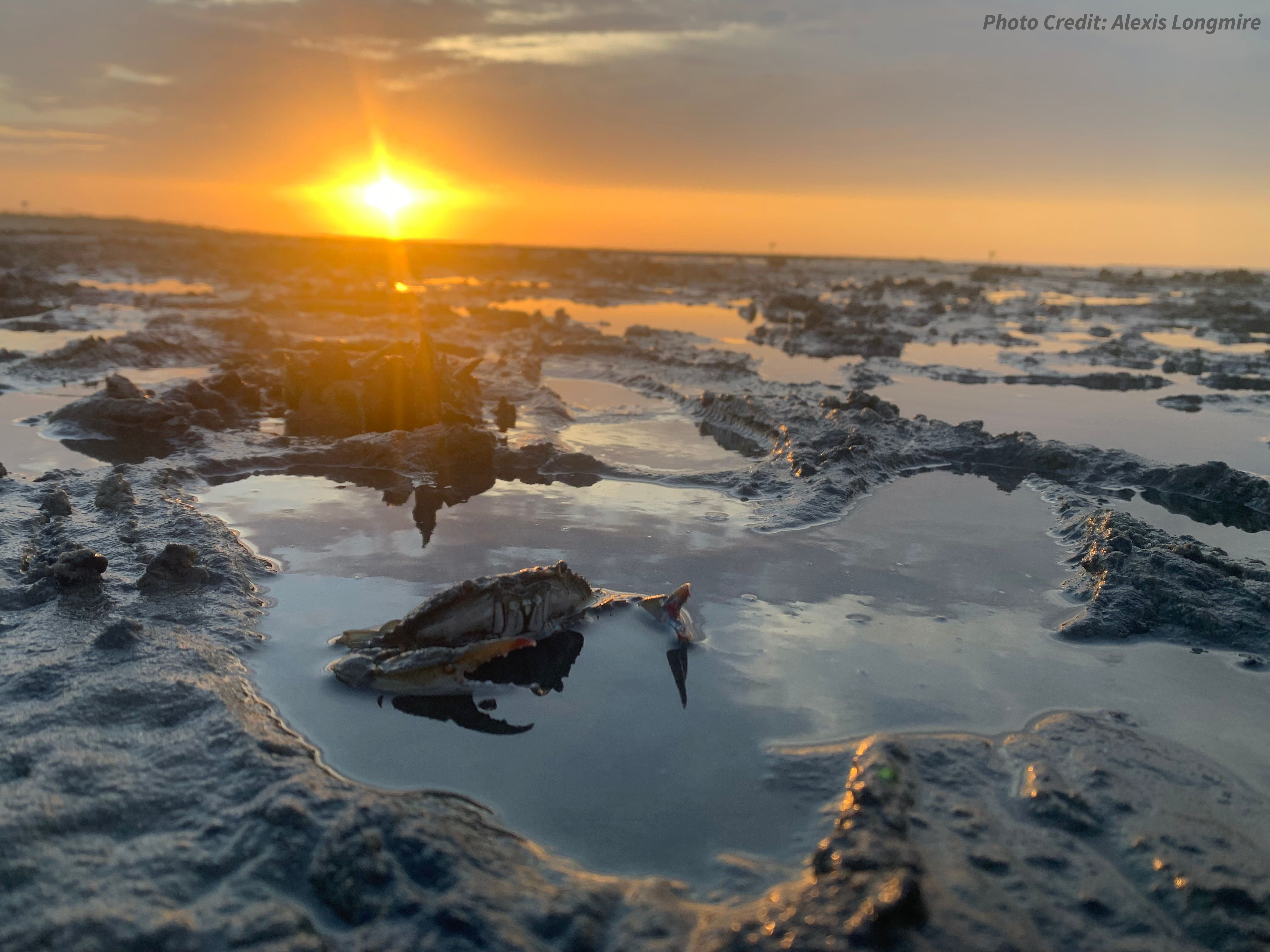States / North Carolina
North Carolina
Coastal Management
The focus is on managing coastal areas to increase resilience, with an emphasis on balancing environmental, economic, and human wellbeing. Mandated by the Coastal Zone Management Act, the two federal programs designed for this task are the National Coastal Zone Management Program and the National Estuarine Research Reserve System. Programs are administered, on the federal side, by NOAA’s Office for Coastal Management, in partnership with the coastal states.

State Programs
Coastal Zone Management
The Division of Coastal Management. Established in 1972, the program is dedicated to safeguarding and managing the state's coastal resources through planning, permitting, education, and research. The program enforces regulations, such as the Coastal Area Management Act and the Dredge and Fill Law, in 20 coastal counties. This division is part of the Department of Environmental Quality.
National Estuarine Research Reserves
North Carolina National Estuarine Research Reserve. Designated in 1985 and protecting 10,568 acres, this reserve includes four sites located near Corolla (Currituck Banks), Beaufort (Rachel Carson), and Wilmington (Masonboro Island and Zeke's Island). The reserve protects sites that make up the third largest estuarine system in the nation, with habitats that support about 90 percent of the commercial seafood species in this state, as well as a number of threatened and endangered species. Located within the Atlantic Flyway, the reserve is a sanctuary for many species of migratory birds, including red knots, piping plovers, black skimmers, and least terns. (See handout)
Impact Stories
Stories that showcase the recent work of this state's coastal management efforts.
- Building Community Capacity for Coastal Resilience Planning in Atlantic Coastal Plain
- Building Capacity to Conserve Salt Marsh Habitat within Coastal Communities
- Final Design and Permitting Technical Assistance for Coastal Communities
- Partnership Preserves Over 400 Acres of Public Game Lands in North Carolina
- North Carolina Oyster Farms Provide Several Ecosystem Benefits
- North Carolina Partners Analyze and Address Stormwater Pollution Threats
- NOAA Strengthens Resilience Before, During, and After Disasters
Additional Resources
*Fast Fact Sources:
People: American Community Survey Five-Year Estimates
Beaches and Estuaries: Shoreline Mileage of the United States
Employment and Economy:
Marine Economy for the Coastal U.S. States
Marine Economy for the U.S. Territories